Ask Ethan # 74: Gravitational Waves
Light and sound are waves known to us. But the waves are gravitational.
Consequently, space itself and time itself is destined to disappear into the shadows, and only the union of the two will remain in the role of an independent reality.
- German Minkowski
When Einstein proposed his general theory of relativity, she not only shook the foundations of physics, but also completely destroyed them in order to build new ones. Instead of matter existing in points of space and moments of time, she suggested that space and time have their own dimensions in the four-dimensional structure of space-time, and this structure changes due to the presence and interaction of all the matter and energy in it. Its truth is confirmed by several of its successful and surprising predictions, from the gravitational redshift, to the bending of starlight due to the presence of matter.
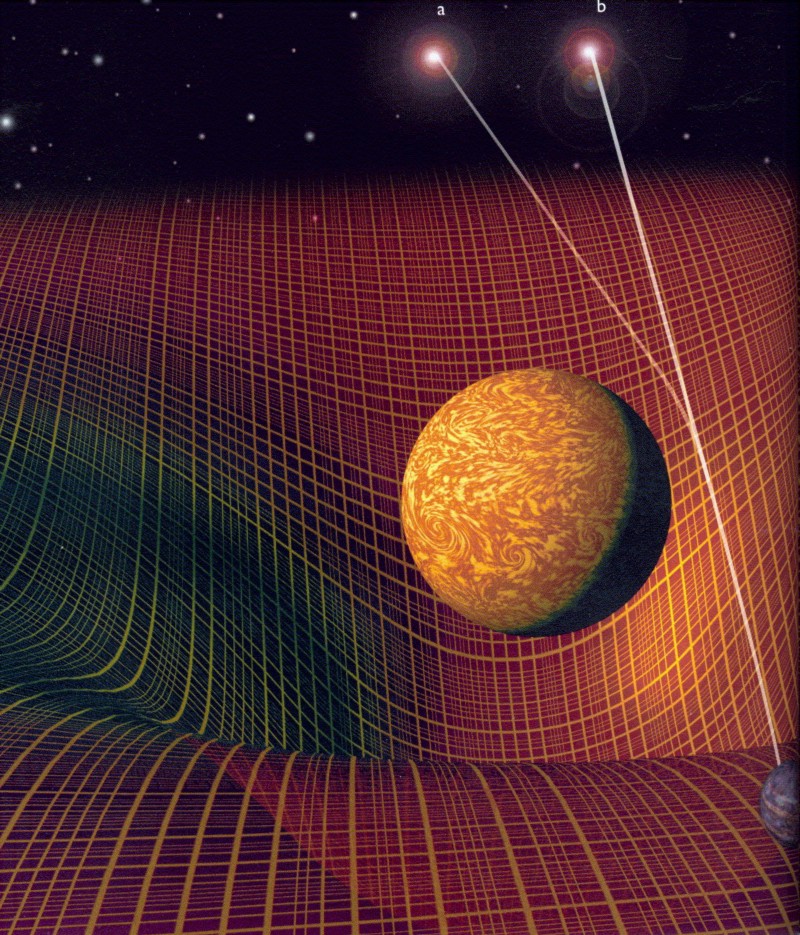
')
Selected today from the question you sent was the shortest in the history of our articles, and belongs to Adam Rabang, who asks:
Dear Ethan,
What the hell are gravitational waves?
Thank,
Adam.
Let's start with a discussion of another type of wave with which you may be familiar: water waves.

You can start with perfectly calm and flat water. The surface of the water remains calm and untouched by external forces. What happens if you gently place, say, an insect on the surface?

It slightly deforms the surface, because the gravitational attraction of an insect exerts a force on the surface, which leads to its curvature. If we do something less gentle, for example, drop an object from a great height to the surface of the water - what will we see?
youtu.be/QQ37RLXNAgc
We will see the familiar ripples that we associate with the waves on the water. We disturbed the surface of the water, and the energy spreads outward at a certain speed, depending on the properties of the medium (water) along which the wave is traveling.
If we begin to consider the waves of light, everything will remain the same, although it will become less intuitive.

Light can also be imagined as ripples spreading in space-time. It has a certain energy depending on the frequency / wavelength, the speed of propagation, the speed of light in a certain medium, and it moves in a certain direction, determined by the conditions in which it originated, and then follows the path determined by the curvature of space-time.
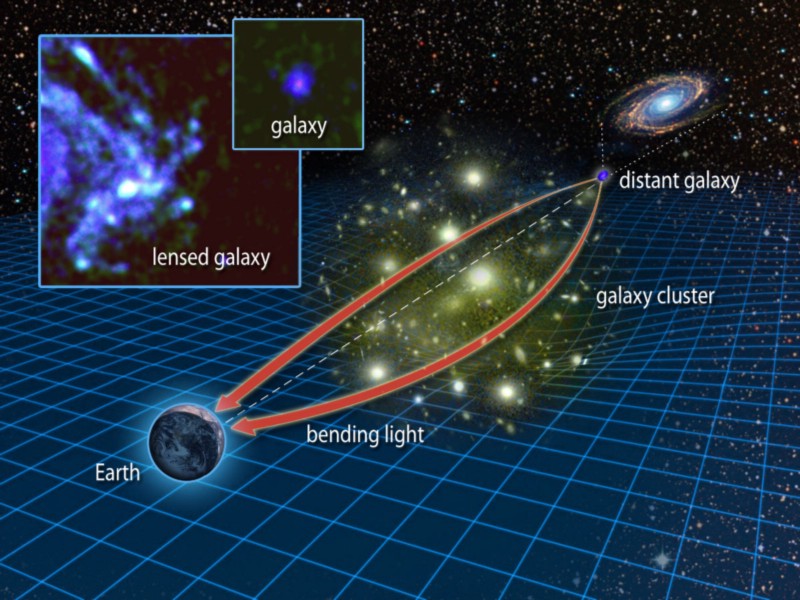
But how is light created? How does a real photon appear? One of the ways is the interaction of particles (or antiparticles) with each other: there is a finite probability that any two interacting particles will produce at least one photon.

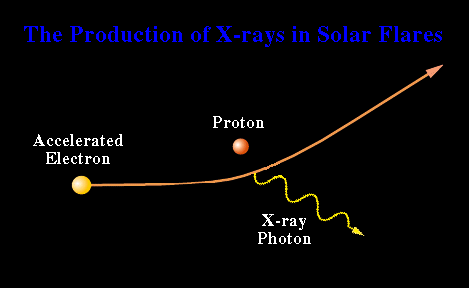
Another, more interesting way, comes from an effect that has no analogue in classical waves: when a charged particle moves in the presence of a magnetic field.
Yes, the magnetic field causes the particle to change direction: it is the Lorentz force. But when a particle moves in a magnetic field, it also emits radiation in the form of photons: cyclotron radiation at low energies / velocities / fields, or synchrotron in more relativistic conditions.
This type of radiation appears not only in experiments on Earth, but also in the natural laboratory of the Universe — for example, in the jets of the giant, most massive of the nearest galaxies, Messier 87.
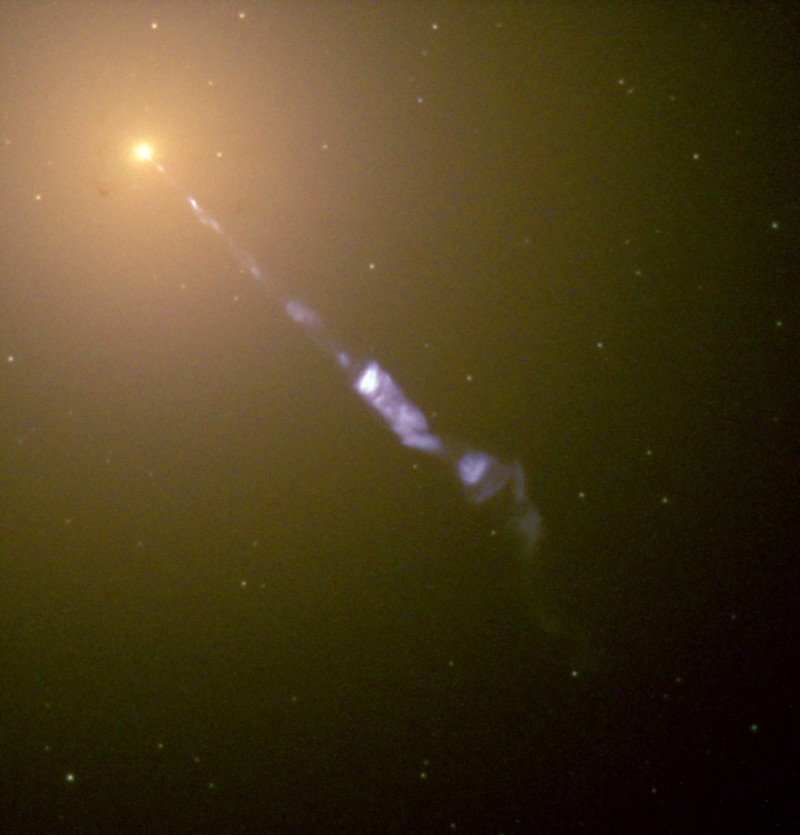
And here we are at gravity. Electricity has two kinds of charges - positive and negative - and gravity has one: mass, or, more precisely, energy. While electric fields and magnetic fields affect charged particles, gravity has only one type of field: space curvature.
But with gravity in the Universe, the situation is the same as with electromagnetism: we have gravitationally charged particles moving in gravitational fields.

And although in some details the physical laws are different, the effect is the same: radiation. In our case, this is not electromagnetic radiation, but gravitational radiation! A ripple traveling at the speed of light through the fabric of space-time, carrying energy.
The effect increases in the case of rapidly accelerating masses in varying gravitational fields, for example, when a neutron star combines with another, or is in a small and decreasing orbit with another body left over from the star.
Gravitational waves (or gravitational radiation) manifest themselves through this ripple in space-time, and it leads to well-defined curvatures in the size and direction of any matter and / or electromagnetic radiation encountered on the path.


In theory, these waves can be detected directly through an interferometer with a long base, and now they are working on these searches in various projects, including the LIGO collaboration. [Exactly one year after writing this article, LIGO discovered gravitational waves - note of translation.]
If a miracle happens, they will launch a space antenna of laser interferometers, or LISA, which is guaranteed to detect this effect. LISA will search for it in the range where a large number of events should occur!

We already have indirect evidence of the existence of gravitational waves, since we have seen the predicted decrease in the orbits of pulsars occurring over many years — an observation that coincides with the prediction of GR. On the other hand, GR also predicts that orbits should be extinguished due to the emission of gravitational waves. If they could discover them directly, this would be a confirmation of one of the latest basic predictions of one of the greatest physical theories.
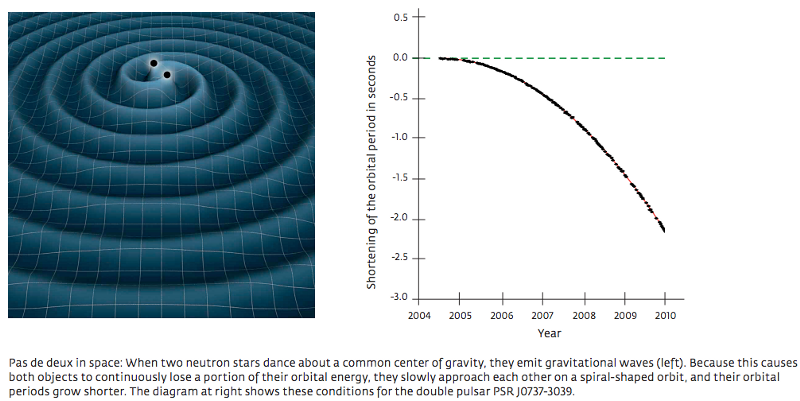
So what are gravitational waves? This is a new form of radiation — gravitational radiation — emitted by massive or energy-carrying particles traveling in gravitational fields. If the particle accelerates or the gravitational field changes, the intensity of the radiation increases, and over time it takes energy at the speed of light, as a result of which the orbits fade out, and it is also possible to detect these waves. With the right approach, we can get a new type of astronomy - gravitational astronomy - the technology for this already exists!
Among the various sources of gravitational waves is cosmic inflation. The results recently published by the Planck Collaboration impose restrictions on the possible types of inflation, due to the absence of its influence on the polarization of microwave cosmic radiation, and reject a whole class of inflation models — models of chaotic inflation.
Thank you for the wonderful question, and I hope that the explanation has been made clear for you and for the rest. Send me your questions and suggestions for the following articles.
Source: https://habr.com/ru/post/396073/
All Articles